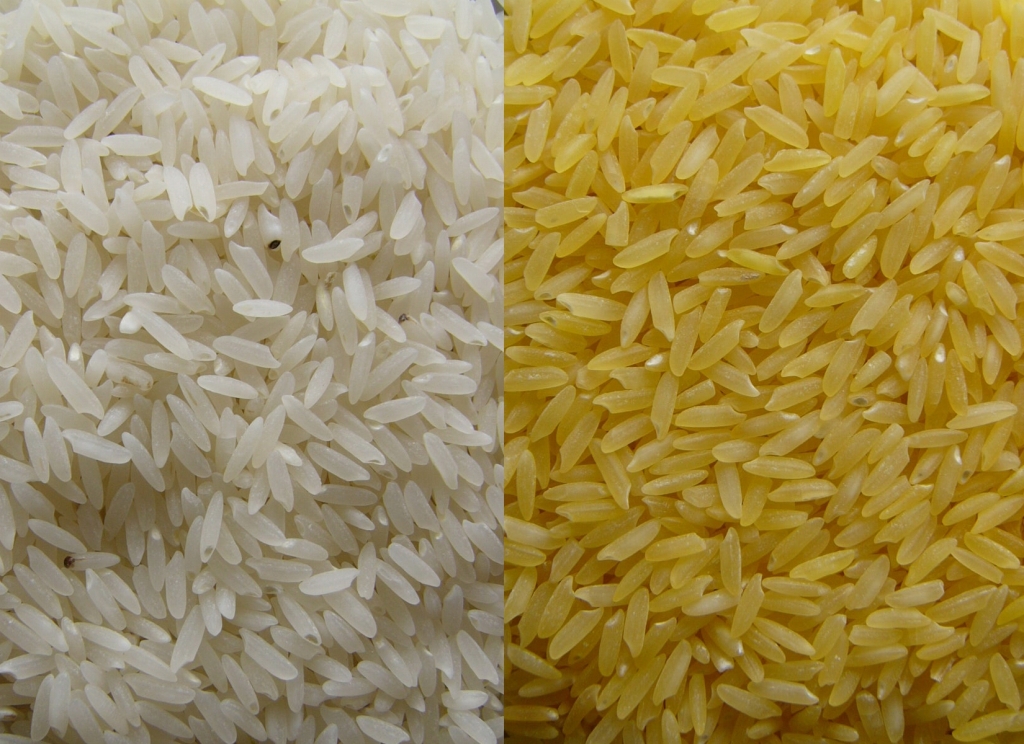
The subject under discussion will be a sample of golden rice, an example of technological innovation in the field of food and agriculture. It was created in the year 2000 to palliate the vitamin A deficiency that is suffered by people whose diet is based on rice. Thanks to biotechnological techniques, it incorporates three transgenes that cause rice grains to produce provitamin A, and thus provide an essential nutrient that normal rice does not possess. It is currently being tested in China and the Philippines, where it has been criticised by groups that oppose transgenic products. However, rice also has a cultural significance, because it is the result of an ancient tradition of plant domestication, and it is the basic foodstuff for much of the world's population.
Forty grams of golden rice is the estimated daily dose necessary for palliating vitamin A deficiency, and it will also be the dose for encouraging dialogue, with contributions from archaeology, art, the history of science and agrigenomic research. We will try to answer all questions, such as whether humans have always manipulated nature, and whether parallels can be drawn between exchanges of vegetables between the New and the Old worlds, and those in the age of globalisation. In the unresolved dilemma on what is nature and what culture, we could also discuss to what extent a transgenic object is ‘natural’ or ‘cultural’.
Biotechnological object: golden rice and humanitarianism
Paula Suárez López. Agrigenomic Research Centre (CSIC-IRTA-UAB-UB)
Agricultural object: plant domestication and first crops
Juan Gibaja Bao. Institución Milà i Fontanals (IMF, CSIC)
Cultural object: exchanges of foods (between the Old and New worlds)
José Pardo-Tomás. Institución Milà i Fontanals (IMF, CSIC)
Objeto artístico: art and agriculture
Josep Mañà. Escola Massana
Our thanks to Adrian C. Dubock (Golden Rice project: www.goldenrice.org) for having supplied us with a sample of golden rice for the purpose of interdisciplinary dialogue.
Cycle: Hybrid natures: an object, a body and a landscape
Organized by: the CSIC Delegation in Catalonia, in collaboration with La Mandarina de Newton. It is funded by the Spanish Foundation for Science and Technology (FECYT) of Spain's Ministry of Economy and Competitiveness